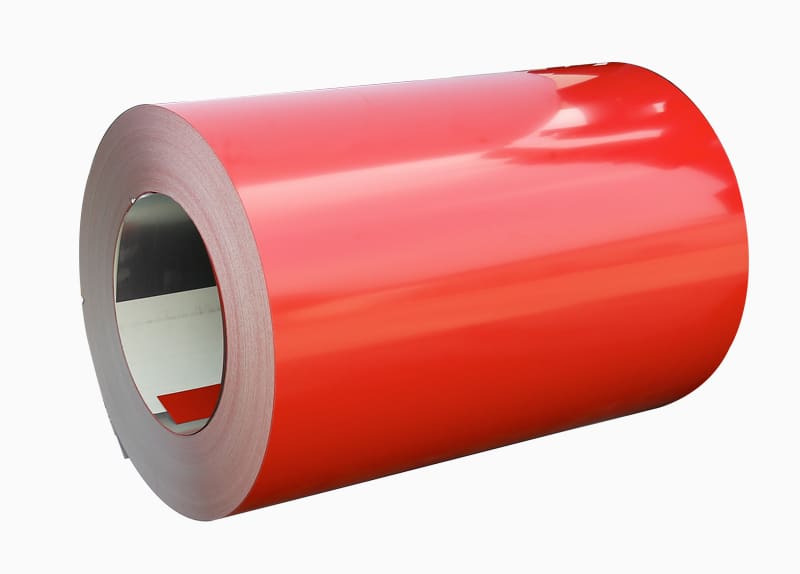- no.8,zaolin road,
longxiang street,
tongxiang,zhejiang,china - +86 573 89381086[email protected]
- DownloadsPDF Brochures
Process inspection refers to the determination of whether an intermediate product or finished product completed by one or more processes (sequences) in the product formation process is observed, tested, measured, etc., to determine whether it meets the specified quality requirements.
The process inspection object is the color coating plate, color steel plate, color coating roll, color steel coil completed by the process (process), the purpose is to judge whether the quality of the product is qualified and confirm whether the process (-r order) is controlled. Aluminized products that have not been inspected and verified for compliance cannot be transferred to the next process (2K order) to avoid difficulties in assembling the next process (process) or defective parts (such as parts). Delivery, affecting the quality of the finished product. Take “isolation” measures on the non-conforming products that occur, and timely adjust and correct the process (process) to prevent recurrence of non-conforming products.
Product producers develop inspection systems and inspection procedures (documents) according to their own scale, capability and management form; and set quality control points and inspection points according to the importance of product quality characteristics and the characteristics of operations (2Ii art). The inspection procedures (details) stipulate the inspection items, sampling plan, frequency of inspection, inspection methods, measuring instruments and equipment used, environmental conditions required for testing, judgment criteria, records of inspection or test results, etc. In the process inspection, according to the various stages of the process, there is a first inspection, a patrol inspection and a process (31 sequence) to complete the inspection.
In the process inspection, the first piece of inspection should be taken very seriously. The first inspection can effectively prevent serious quality problems and economic losses caused by batches of non-conforming products; it can be confirmed whether the quality formed by the process (process) meets the specified requirements; it can be confirmed whether the operation (process) process is controlled, and related operations ( Process) parameters, operating environment conditions, equipment status, operating methods, job (operation) personnel need to adjust, etc. The first piece of inspection sometimes needs to be repeated multiple times. Formal mass production can only be carried out after the first inspection has been passed.

With high anti-rust performance, they are popular used in co...

PPGI / PPGL COIL full name is prepainted galvanized / galval...

Port:Zhejiang,China Advantages of Our Prepainted Galvanized ...

APPLICATION OF PPGI Construction:Outside:Workshop, agricultu...

